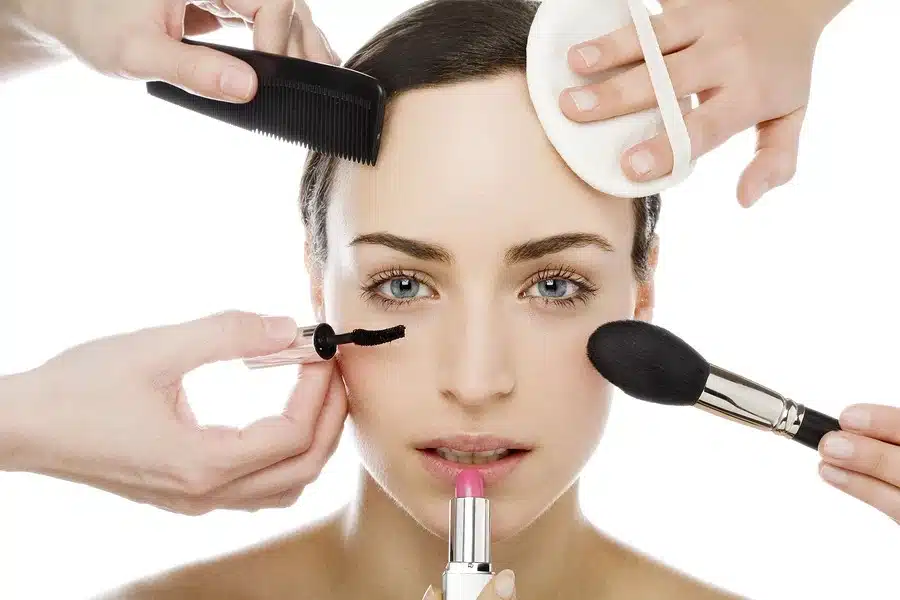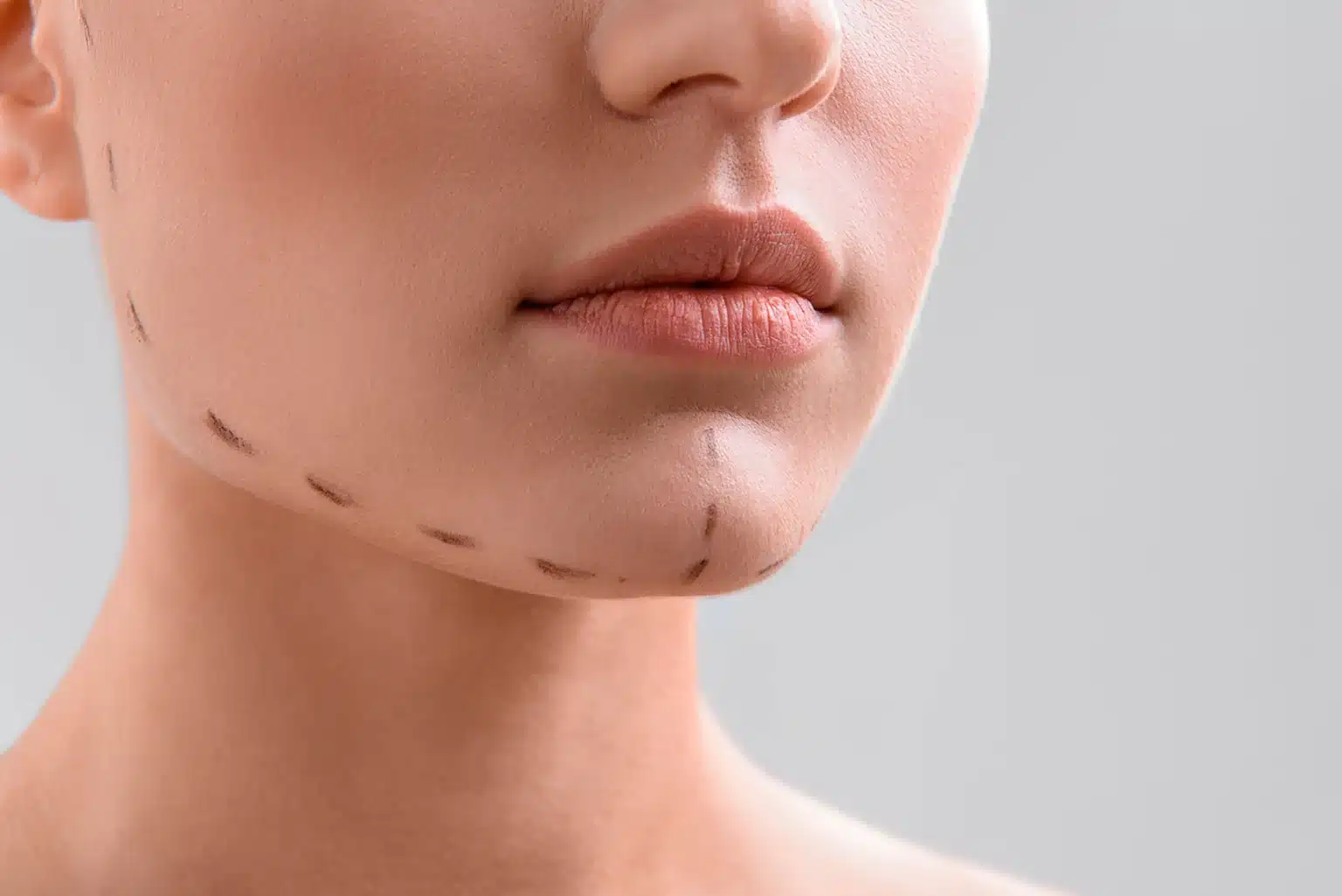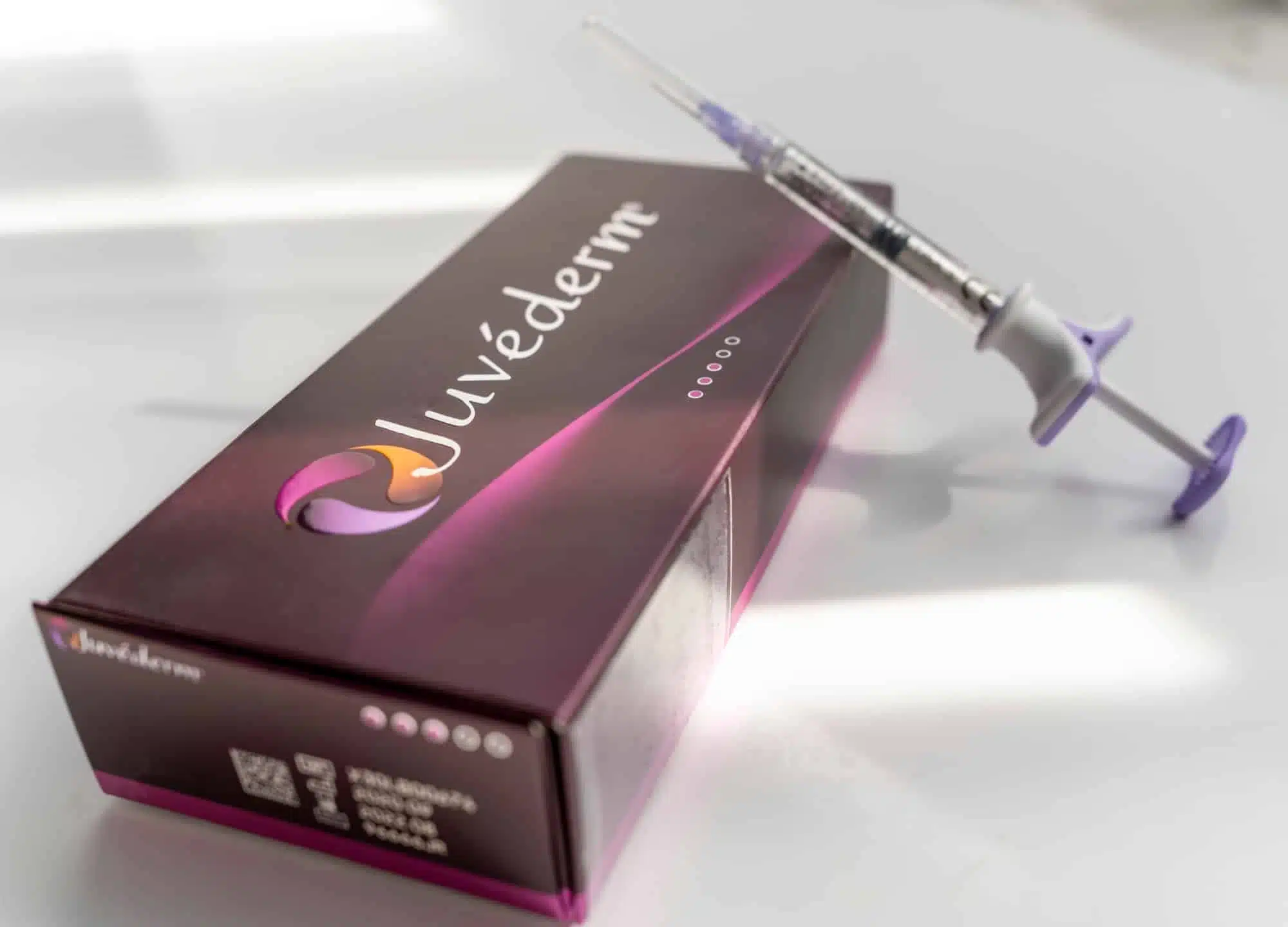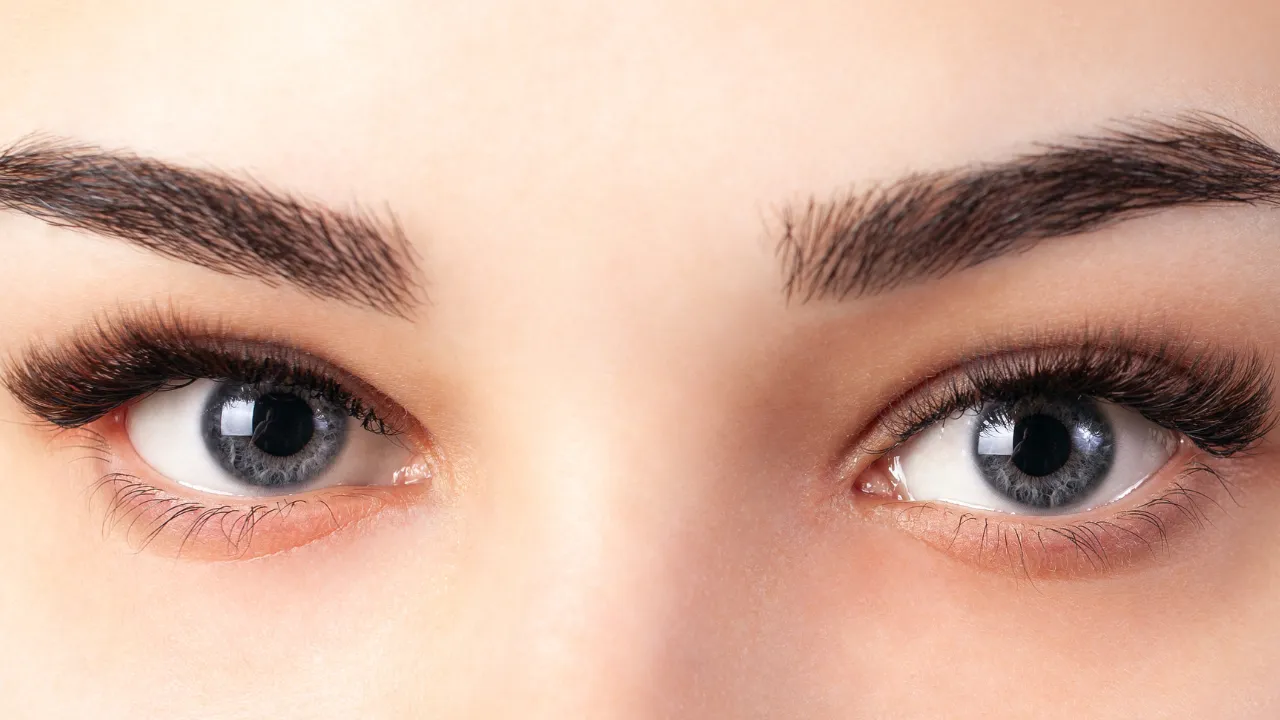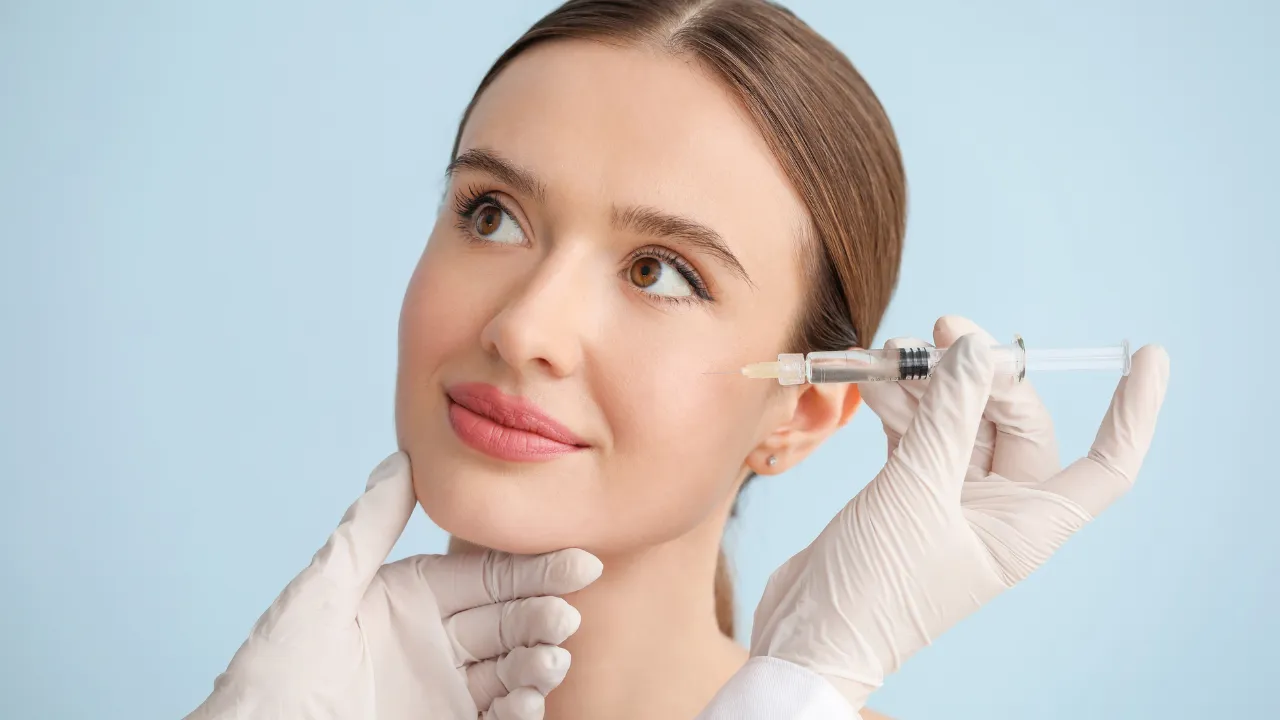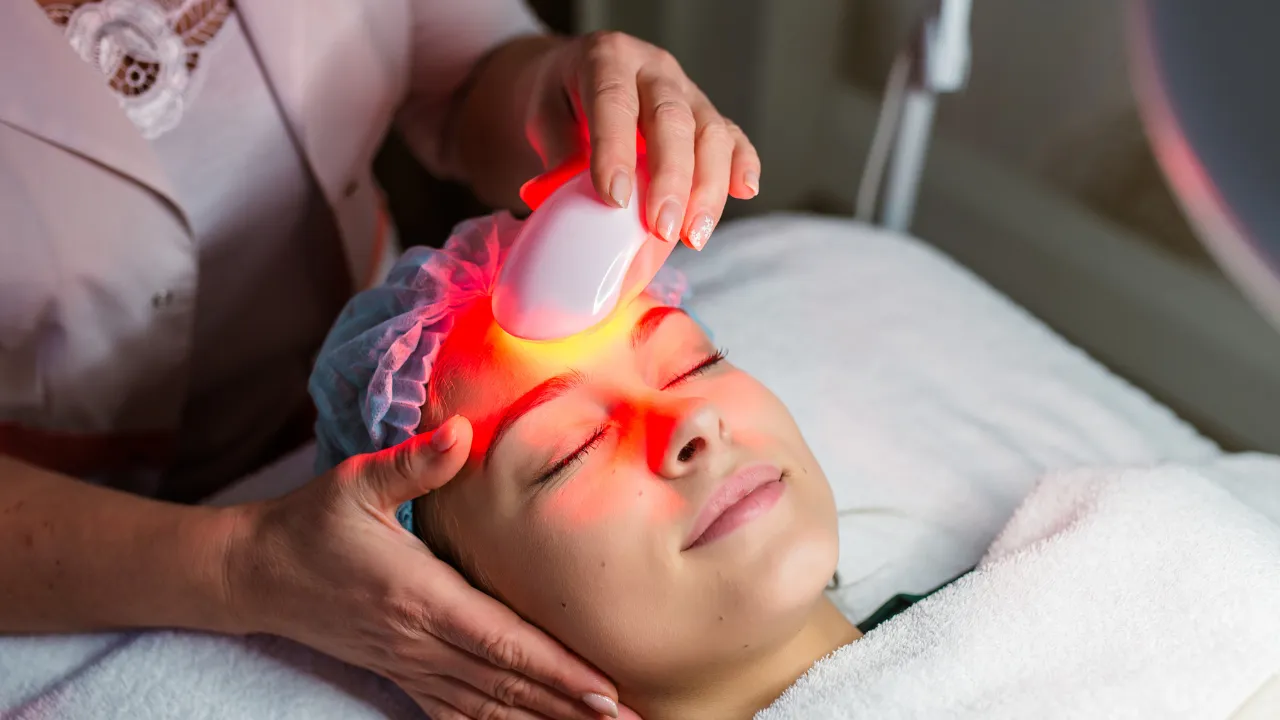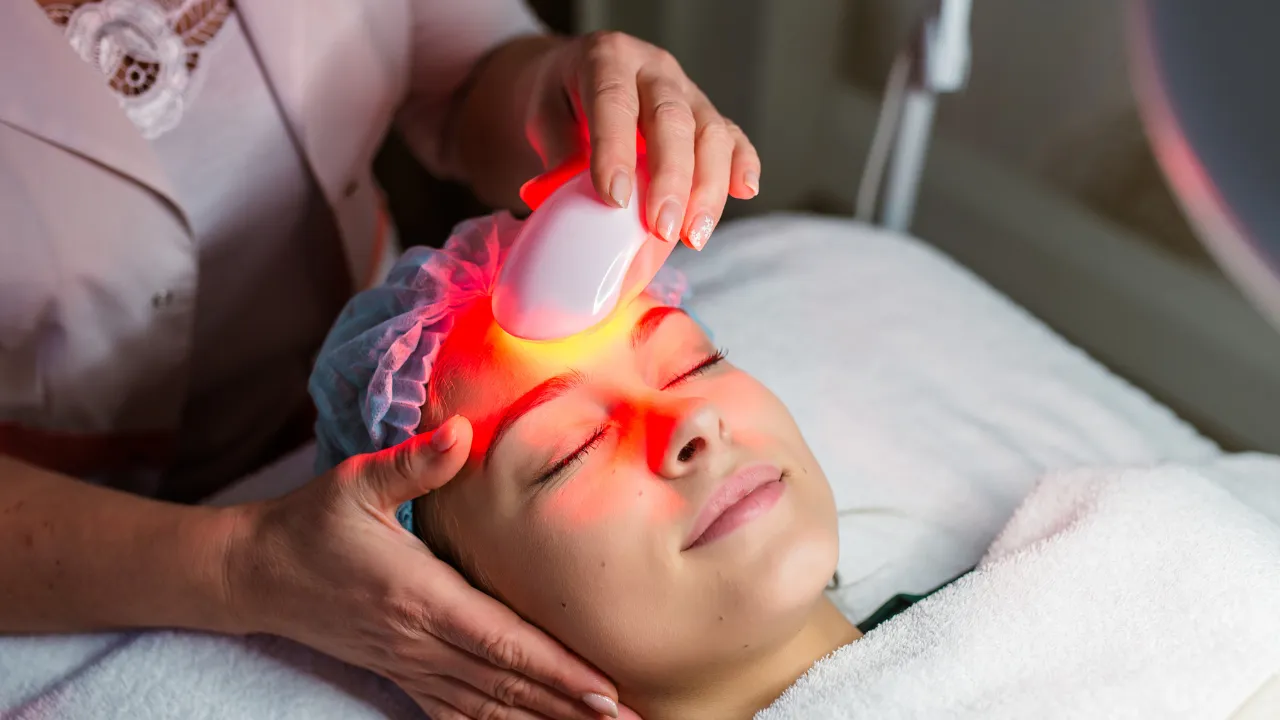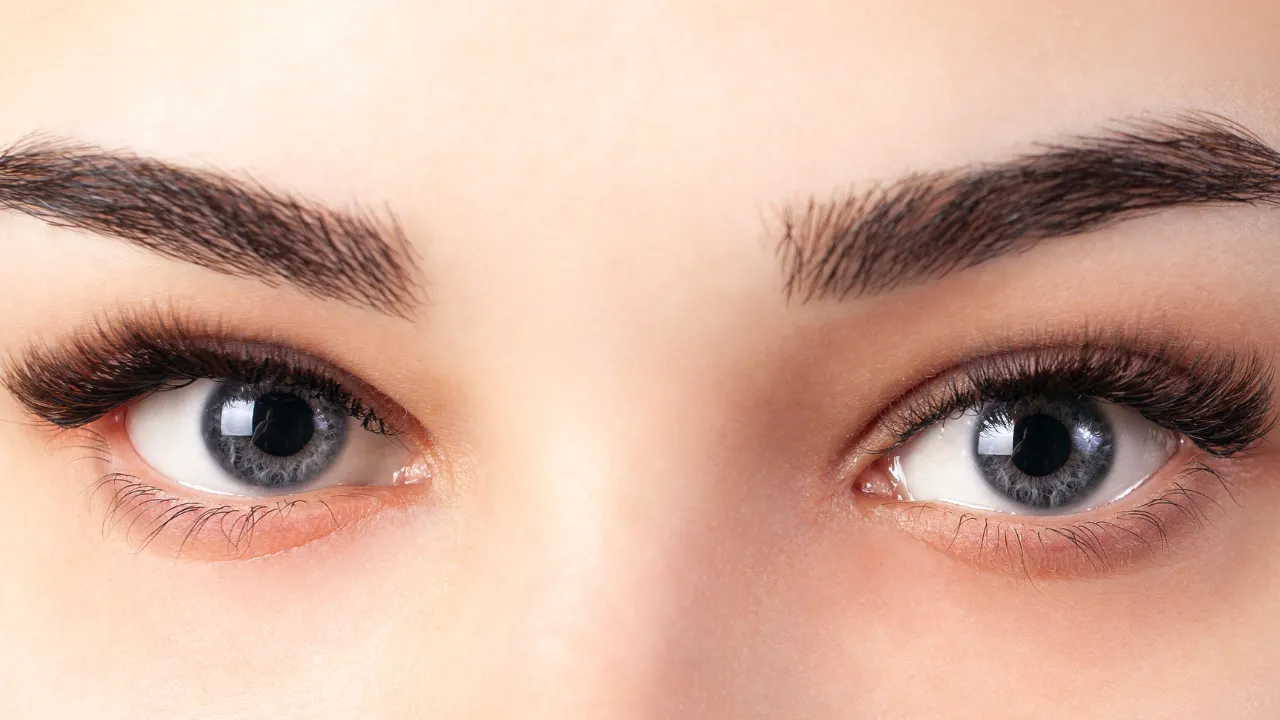Current medical evidence does not show that lip fillers cause cancer, and no FDA-approved filler has been linked to tumor formation. For patients asking, “can lip fillers cause cancer,” the answer is that no direct connection has been found in research. Most complications are related to inflammation, infection, or blood-vessel blockage rather than cancer.
At Kopelman Aesthetic Surgery in New York City, Dr. Kopelman uses current research and safe methods to guide patients. Proper care helps you feel confident about this cosmetic procedure.
Key Takeaways
- Evidence does not indicate that lip fillers cause cancer; however, experts continue to study the potential effects of swelling and tissue changes.
- Most side effects are mild, however, rare cases of vessel blockage require prompt care.
- Hyaluronic acid fillers are safe and reversible when used by trained providers.
- Patients with autoimmune disorders should consult their doctor before undergoing treatment.
- Skilled surgeons, good aftercare, and follow-up visits lower risks.
Table of Contents
ToggleDo Dermal Fillers Cause Cancer?
Research does not show that dermal fillers cause cancer. Most fillers utilize hyaluronic acid, a substance naturally present in the body. Inflammation can happen, but it has not been linked to tumors. Doctors and board-certified dermatologists continue to review rare concerns.
Scientific Evidence and Research
Studies review how filler sits in the skin over time. Swelling near injection sites does not point to cancer. These effects fade in most patients. No approved filler has been shown to cause cancer.
Emerging Research on Filler Chemistry
Fillers inject soft gel to improve lip shape. Some use cross-linking agents like BDDE. These gel-like substances are tested for safety. Current studies show no cancer risks.
Facial Fillers and Breast Cancer Concerns
Facial fillers do not reach breast tissue. Individuals with family risk should follow screening plans. Autoimmune issues may affect results. Share medical history with your doctor.
Does Lip Filler Increase Cancer Risk?
Lip fillers slowly break down and do not stay forever. Doctors check treated areas during follow-up visits. Online posts may spread fear without facts. Ask trained professionals for guidance.
Inflammation and Immune System Response
Swelling after injections is common. Rare long-lasting swelling may need treatment. Enzyme injections can reduce bumps. Watch symptoms to catch changes early.
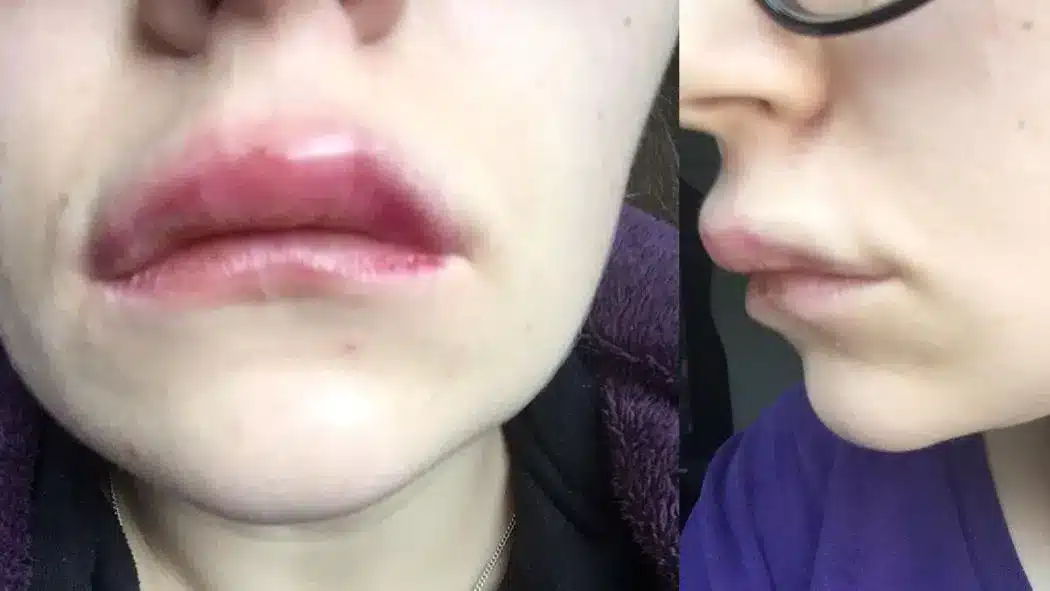
Why Chronic Inflammation Matters
Long-term swelling can stress nearby cells. These changes are usually mild. They are not a sign of cancer. Skilled technique helps lower this stress.
Are Fillers Bad for You?
Fillers are safe when used by licensed providers. The search for: “are fillers bad for you?” often comes from unsafe treatments. Following medical rules prevents most problems. Providers explain potential risks before treatment.
Common Side Effects and Reactions
Swelling and bruising happen often. Mild allergic reactions can cause itching or bumps. These symptoms fade on their own. Call your doctor if they last too long.
How Often Complications Occur
Severe problems are rare with skilled care. Early contact stops bigger issues. Extended redness may need review. Most cases resolve easily.
Can Lip Fillers Kill You?
No, lip fillers are not known to kill patients when done by licensed professionals. Blood vessel blockage may lead to skin necrosis without fast care. Clean tools and sterile rooms reduce the risk of danger. Always check provider credentials.
Dangers of Fillers
The dangers of fillers increase when untrained people inject them. Infection and blood flow problems are examples. Early treatment helps recovery. Follow aftercare steps to protect your skin. If you want to learn what can happen when fillers are placed incorrectly, see what can occur when face fillers go wrong.
Vascular and Lymphatic Complications
A blocked vessel may cause pain or a color change. Surgeons act fast when they see these signs. Lymph drainage may slow and extend swelling. Light massage can help with fluid movement.
Long-Term Study Observations
Experts study swelling and tissue behavior for many years. Current data does not show a link to cancer. Injection methods improve. Updated guidance supports safety.
What Is the Riskiest Place for Fillers?
Areas like the glabella have many vessels. These spots need careful injection. Lip fillers are a common procedure, but they still require skill. Ask about risk zones.
Long-Term Effects of Fillers
The long-term side effects of fillers include slow breakdown and small texture changes. Older filler may shift over time. Routine visits help manage changes. Balanced touch-ups prevent extra volume. Patients interested in safe product options can review this guide to the best facial fillers.
How Fillers Break Down Over Time
Enzymes dissolve hyaluronic acid (ha). Some people lose filler faster than others. A firm area may form. Follow-up helps track texture.
Hyaluronic Acid Side Effects Long-Term
Hyaluronic acid attracts water and may cause puffiness. Enzymes can reverse this. Studies show HA does not trigger cancer. Most patients tolerate it well.
Filler Migration and Tissue Distortion
Filler can move slightly. Skilled placement lowers this risk. Small touch-ups fix uneven spots. Photos help track change.
Do Lip Fillers Go Into Your Bloodstream?
Fillers go into soft tissue, not veins. Skilled surgeons avoid vessels. Bruising or pressure is normal. Sharp pain needs attention.
How Often Should You Get Lip Fillers?
Lip fillers last six to twelve months. Touch-ups keep the shape even. Do not add filler too often. Small doses help control results. You can also compare pricing in this overview of injectable fillers cost.
Lip Filler Ingredients
There are many types of dermal fillers, including hyaluronic acid and calcium hydroxylapatite. Most products contain lidocaine and tested additives. These forms of filler material are subject to regulation. Unapproved fillers can be risky.
Are Certain Patients at Higher Risk for Complications?
Autoimmune disorders may cause sensitivity. Surgeons plan carefully for these patients. Medication reviews lower risk. This supports stable results.
Synthetic Components and Additives
Some fillers last longer but are less reversible. Hardening can happen over time. Most doctors choose reversible fillers. Always discuss options first.
How to Reduce Lip Filler Risks
Avoid alcohol and blood thinners before treatment. Sleep on your back after injections. Clean the area gently. Attend follow-ups.
Choosing Qualified Providers
Ask about training and board status. Anatomy knowledge lowers emergency risk. Avoid unregulated spas. Safe clinics protect your health.
Proper Aftercare Guidelines
Cold packs reduce swelling. Avoid heat and hard workouts for one day. Drink water to support healing. Call if symptoms worsen.
When to Dissolve or Remove Fillers
Doctors can use enzymes to remove filler. Removal helps with lumps or uneven areas. Imaging may guide treatment. Goals shape the plan.
Granuloma Formation and Treatment
Granulomas are small immune lumps. They respond to enzymes or medication. They are not cancer. Early care improves comfort.
What Happens if You Stop Getting Fillers?
When filler fades, lips return to their natural shape. Aging continues as normal. This process is gradual. Some switch to other treatments.
Warning Signs and Symptoms
Watch for pain, heat, or spreading redness. Hard lumps show swelling. Early care can stop worse problems. Sudden vision change is an emergency.
When Symptoms Require Urgent Evaluation
Discoloration may show vessel blockage. Fast care protects skin. Emergency steps can restore flow. Call your surgeon right away.
Safer Lip Enhancement Alternatives
Peptide balms hydrate lips. Lasers smooth texture. Lip flips improve shape. These options are mild and safe.
Expert Opinions and Ongoing Research
Doctors recommend FDA-approved fillers. No direct cancer link appears today. Research continues to track changes. Surgeons adjust methods as needed. You can explore the benefits of dermal fillers to understand how these treatments may improve facial volume and texture.
Understanding Online Misinformation
Social media posts often exaggerate risks. Ask trained medical experts instead. Academic sources share true updates. Clear talks build trust.
Lip filler safety relies on the quality of the products and the skill of the hands. Licensed surgeons lower risks. Follow-up visits support safe healing. With good care, results look natural and feel comfortable. Contact Kopelman Aesthetic Surgery to schedule an appointment and receive expert care.


